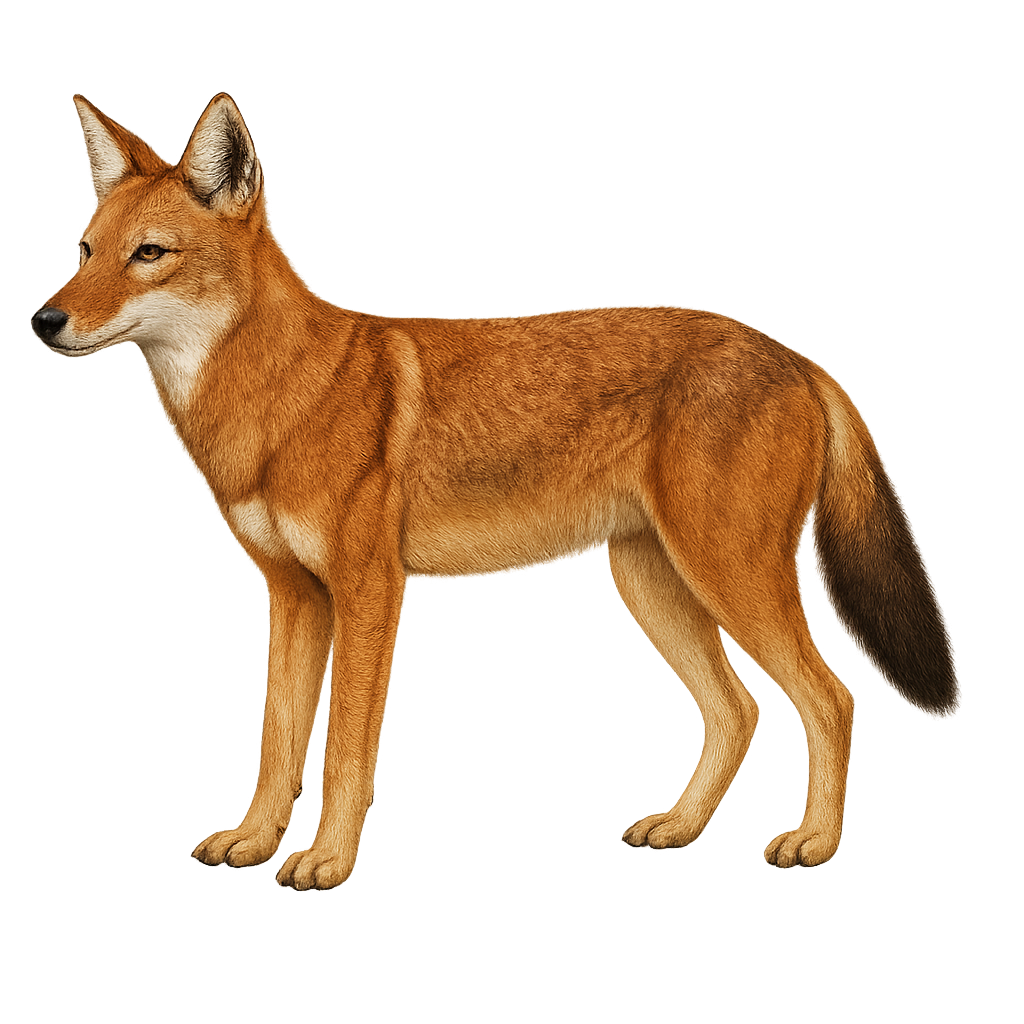Your wildlife photography guide.
Explore the ethiopian wolf in detail, study its behavior, prepare your shots.
Where to observe and photograph the ethiopian wolf in the wild
Learn where and when to spot the ethiopian wolf in the wild, how to identify the species based on distinctive features, and what natural environments it inhabits. The WildlifePhotographer app offers tailored photography tips that reflect the ethiopian wolf’s behavior, helping you capture better wildlife images. Explore the full species profile for key information including description, habitat, active periods, and approach techniques.
Ethiopian wolf
Scientific name: Canis simensis

IUCN Status: Endangered
Family: CANIDAE
Group: Mammals
Sensitivity to human approach: Shy
Minimum approach distance: 50 m
Rut period: August to September
Gestation: 60-62 jours
Births: October
Habitat:
Alpine meadows, moorlands, rocky areas
Activity period :
Primarily active during the day, with peak activity in the morning and late afternoon.
Identification and description:
The Ethiopian wolf, or Canis simensis, is a rare and iconic canid of the Ethiopian highlands. With its distinctive reddish coat, it is often mistaken for a fox, although its size and morphology are more akin to a wolf. This predator specializes in hunting rodents, which it captures using keen hearing and solitary hunting techniques. Unfortunately, it is threatened by habitat loss, diseases transmitted by domestic dogs, and population fragmentation. Conservation efforts are crucial to ensure its survival.
Recommended lens:
400 mm – adjust based on distance, desired framing (portrait or habitat), and approach conditions.
Photography tips:
To photograph the Ethiopian wolf, it is essential to use a telephoto lens of at least 400mm to capture detailed images without disturbing the animal. The best opportunities arise early in the morning or late afternoon when the light is soft and the wolf is active. Be patient and discreet, using neutral-colored clothing to blend into the environment. A tripod can be helpful to stabilize your camera and achieve sharp images.
The WildlifePhotographer App is coming soon!
Be the first to explore the best nature spots, track rutting seasons, log your observations, and observe more wildlife.
Already 1 430 wildlife lovers subscribed worldwide

